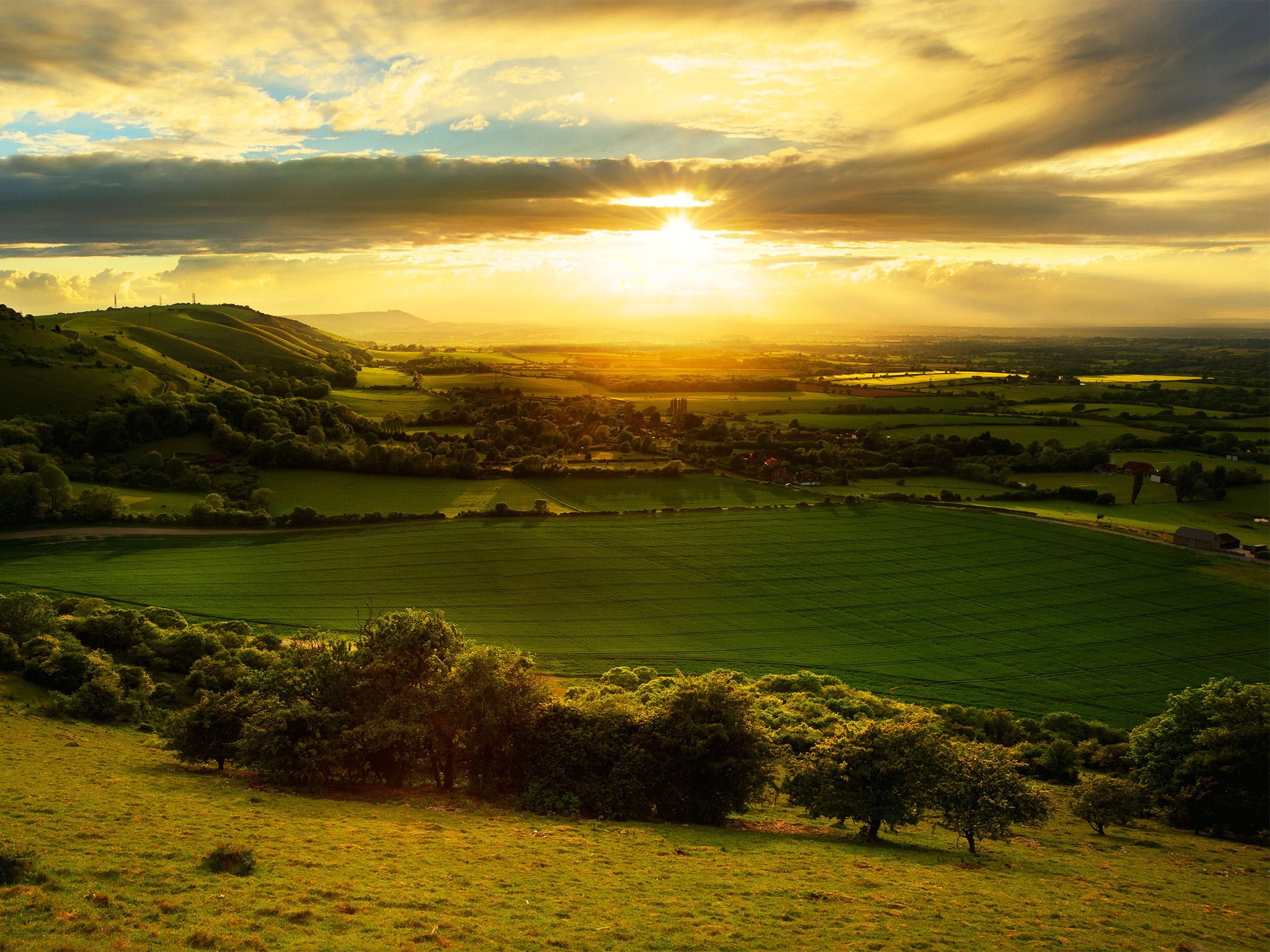Government funding for national parks slashed by millions over last five years
Despite promises to protect funds for national parks in the coming years, they will receive significantly less in Government grants by 2020

Your support helps us to tell the story
From reproductive rights to climate change to Big Tech, The Independent is on the ground when the story is developing. Whether it's investigating the financials of Elon Musk's pro-Trump PAC or producing our latest documentary, 'The A Word', which shines a light on the American women fighting for reproductive rights, we know how important it is to parse out the facts from the messaging.
At such a critical moment in US history, we need reporters on the ground. Your donation allows us to keep sending journalists to speak to both sides of the story.
The Independent is trusted by Americans across the entire political spectrum. And unlike many other quality news outlets, we choose not to lock Americans out of our reporting and analysis with paywalls. We believe quality journalism should be available to everyone, paid for by those who can afford it.
Your support makes all the difference.Government funding for England's much loved national parks has been slashed over the last five years, new analysis has shown.
Despite promises to protect their finances, they will receive significantly less money from government grants by 2020 than they were a decade earlier, a Press Association investigation found.
With the exception of the South Downs National Park, which did not become fully operational until April 2011, England's national parks have seen their funding cut by a quarter in money terms between 2010/2011 and 2015/2016.
This amounts to an overall loss of £10 million.
Once inflation is taken into account, cuts have been even more severe, with parks reporting real terms reductions of up to 40 per cent.
Funding for the South Downs was at its highest in 2011/2012, at just under £11.4 million, but its funding too has fallen since then to just under £9.8 million in the last financial year.
In 2015, promises were made to protect national park funding, with a year-on-year increase of 1.72 per cent in the direct grant from the Department for Environment, Food and Rural Affairs (Defra) for most parks up to 2020.
Despite this, funding for national parks in 2020 will be as much as a fifth below their 2010 levels, even before inflation is taken into account.
The Yorkshire Dales is seeing a bigger boost in its grant in the next two years, as a result of the extension of the area of the park by almost a quarter in 2016.
However, it reported its funding will still be significantly below pre-cuts levels in 2020.
Earlier this year ministers unveiled an eight-point plan to encourage school visits in England's national parks, double apprenticeships by 2020 and build annual visitor numbers to 100 million - up from 90 million now.
The Campaign for National Parks said the cuts to English national park authorities since 2010 had an impact on services, with the Broads closing three out of six information centres, Dartmoor reducing staff by 35% and various national parks cutting bus services which helped people access the protected areas.
The campaign charity's chief executive, Fiona Howie, said the national parks were created to recognise and protect the beautiful areas rich in wildlife and culture, and the organisation welcomed the Government's aspiration for more people to benefit from them.
But she added: “Whilst it is positive that the Government want more people to visit the parks we must be aware that large numbers of visitors do have implications for those who manage the parks.”
An obvious example was footpath repairs, which could cost between £100 and £160 a metre, and much more if a helicopter was needed to bring material to hard-to-access sites.
“If we want the parks to inspire current and future generations we need to make sure they receive the resources necessary for them to be maintained and, ideally, enhanced,” she said.
Join our commenting forum
Join thought-provoking conversations, follow other Independent readers and see their replies
Comments